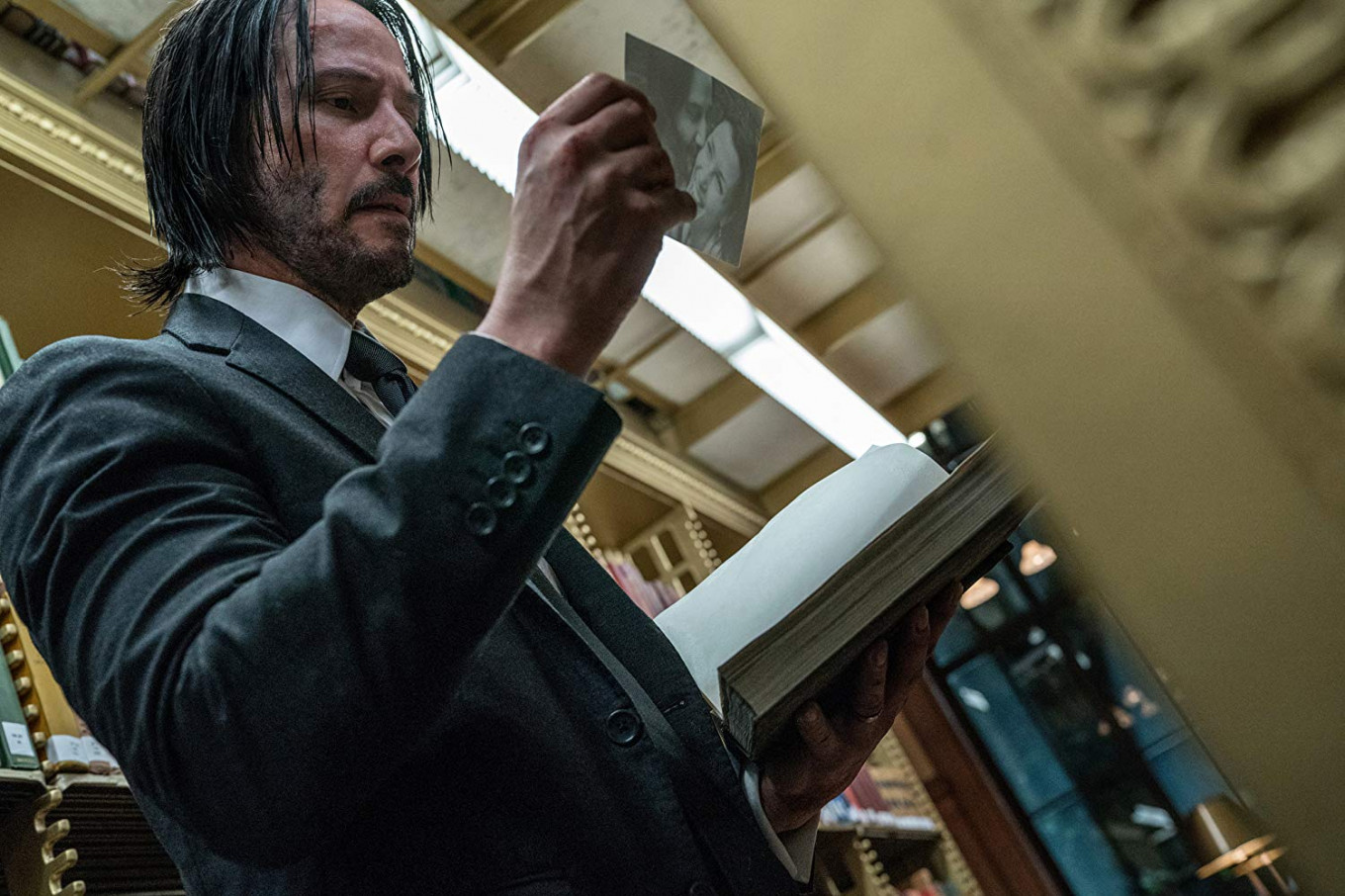Popular Reads
Top Results
Can't find what you're looking for?
View all search resultsPopular Reads
Top Results
Can't find what you're looking for?
View all search resultsPeak human physicality and cosmopolitanism intersect in 'John Wick: Chapter 3'
The cinematic competence and rigor on display are staggering on multiple levels; the action sequences have evolved into looser, much more dynamic melees since the last film.
Change text size
Gift Premium Articles
to Anyone
O
ver the course of three films, Chad Stahelski’s John Wick saga has gone from being a small-scale revenge thriller to a melodramatic soap opera built on the foundations of expanded lore, to a stripped-down narrative examining interpersonal dynamics through sheer physicality.
John Wick: Chapter 3 – Parabellum is as superfluous and full of itself as the title may suggest, yet it is still a very raw affair, often choosing to drop the supposed pretense of thematic coherence carefully developed in the previous films in favor of delivering a constant deluge of genre thrills that the general audience has come to expect.
And what thrills they are.
The cinematic competence and rigor on display are staggering on multiple levels; the action sequences have evolved into looser, much more dynamic melees since the last film, frequently forcing the titular protagonist to rethink his tried-and-tested signature moves in order to successfully adapt to constantly changing landscapes.
The infectious rhythm of the famous Red Circle sequence in the original film is carried over to every single battle in Parabellum — brief moments of ironic levity, such as the one where Wick (Keanu Reeves) and a couple of opposing goons are rushing to reload their guns in the middle of a particularly intense shootout, are downright Jackie Chan-esque in that they impeccably function as punctuation marks in otherwise protracted visual sentences.
The introduction of bladed weapons makes every encounter seem both more personal and lethal than ever. It’s safe to say that the filmmakers have finally perfected the tempo of the series’ infamous close quarters combat. I, for one, am finding it highly impressive that these films have actually invented a set of physical tics and cues that amount to its own unique visual language.
In many ways, Parabellum serves as a towering monument to the age-old action genre as the cinematic medium’s ultimate raison d’être. Skirmishes often unfold in a complete vacuum, jettisoning any regard of narrative or thematic import — a showcase of peak human physicality.
Only the film doesn’t stop there; it pushes Wick’s quest for redemption to its limits, a move that is comically literalized by having the character travel to the furthest reaches of a barren desert at one point. Wick’s mythical shadow looms larger as he fights harder, making his effort to outrun his former life as the Boogeyman feel overwhelmingly Sisyphean.
The film’s somewhat barebones construction allows each underground clan of otherworldly contract killers to shine in its own right. Every culture is shown to have bred their own secret society of murderous artisans — mercenaries serving the global commerce of relationships.
The film posits that, in an increasingly cosmopolitan universe of black leather jackets and designer suits, the only culturally distinctive trait left is how individuals express themselves through physical conflicts.
Reeves’ default, uncompromising choreography registers as a cultural blank slate compared to the ethnic art of silat introduced by renowned Indonesian martial artists Yayan Ruhian and Cecep Arif Rahman, for instance. Of course, due to narrative contrivance, the anonymous fighting style of Reeves’ battered protagonist always emerges victorious regardless.
Three films in, the John Wick series’ persistent rejection of a definitive ending may seem indicative of Hollywood’s perpetual money-making strategy. That said, one can make a case that the lack of narrative closure in any of these films makes a point about how transactional violence exists in its own endless, vicious cycle.
The only way out is in.











